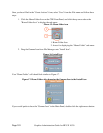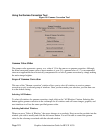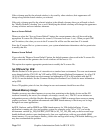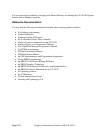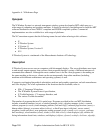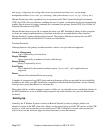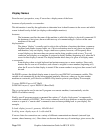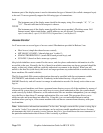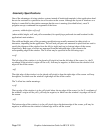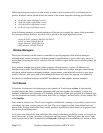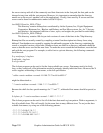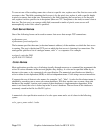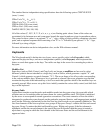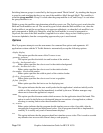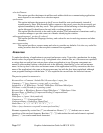Geometry Specifications
One of the advantages of using window systems instead of hardwired terminals is that applications don't
have to be restricted to a particular size or location on the screen. Although the layout of windows on a
display is controlled by the window manager that the user is running (described below), most X
programs accept a command line argument of the form:
-geometry widthxheight+xoff+yoff
(where width, height, xoff, and yoff are numbers) for specifying a preferred size and location for this
application's main window.
The width and height parts of the geometry specification are usually measured in either pixels or
characters, depending on the application. The xoff and yoff parts are measured in pixels and are used to
specify the distance of the window from the left (or right) and top (or bottom) edges of the screen,
respectively. Both types of offsets are measured from the indicated edge of the screen to the
corresponding edge of the window. The X offset may be specified in the following ways:
+xoff
The left edge of the window is to be placed xoff pixels in from the left edge of the screen (i.e., the X
coordinate of the window's origin will be xoff). xoff may be negative, in which case the window's left
edge will be off the screen.
-xoff
The right edge of the window is to be placed xoff pixels in from the right edge of the screen. xoff may
be negative, in which case the window's right edge will be off the screen.
The Y offset has similar meanings:
+yoff
The top edge of the window is to be yoff pixels below the top edge of the screen (i.e. the Y coordinate of
the window's origin will be yoff). yoff may be negative, in which case the window's top edge will be off
the screen.
-yoff
The bottom edge of the window is to be yoff pixels above the bottom edge of the screen. yoff may be
negative, in which case the window's bottom edge will be off the screen.
Graphics Administration Guide for HP-UX 10.20
Page 130



